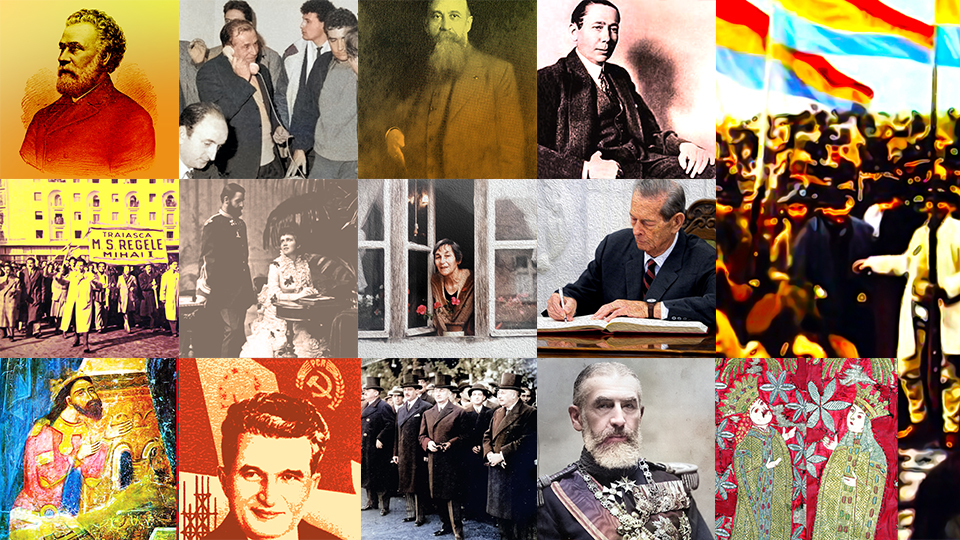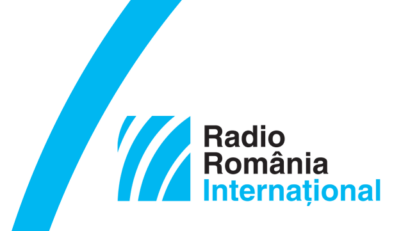The unfinished Bucharest
In the Romanian area, modern cities began to develop after the European model around the 1830s

Steliu Lambru, 27.01.2025, 14:00
In the Romanian area, modern cities began to develop after the European model around the 1830s. At that time, some provisions of the Organic Laws referred to urban planning measures that had to be taken, in order to increase the living standards of the inhabitants. The city that set the tone for the changes was the capital Bucharest, the one that experimented with ideas circulated in different periods, which reverberated in the smaller urban regions. Bucharest’s urban micro-history is largely Romania’s urban macro-history, with often contradictory visions of how people’s lives should look like, combining inertia and conservative mentalities with ambitions and innovative transformations.
From the writings of those who visited Bucharest in different periods of its modern existence, we learn that it was a city in the process of change, where the East and the West met. It was a city that looked up to the great European capitals and aimed to keep up with them and the novelties of the times. The list of those who held the position of mayor of the Romanian capital includes the journalist and politician C. A. Rosetti, the writer Barbu Ștefănescu Delavrancea, the politician Vintilă Brătianu and others. However, two names stand out, two names that managed the most consistent development of the capital: the liberal lawyer and politician Pake Protopopescu, mayor between 1888 and 1891, and the lawyer and politician Dem I. Dobrescu, mayor between 1929 and 1934. The two, mayors during the reign of Kings Carol I and Carol II, the sovereigns to whose names the main lines of development of Bucharest are linked, managed to mobilize resources for major urban projects, such as networks of streets, running water and sewage, and public transport, as well as the systematization of the Dâmbovița and Colentina rivers.
After 1945, the communist regime also came up with urban development projects. During this time, extensive transformations took place, but also projects that could even be considered anti-urban. The city expanded and gained height, more was built vertically than had been built previously, and the influx of rural population attracted by the development of industry increased, especially starting in the 1970s. The two leaders of socialist Romania, Gheorghe Gheorghiu-Dej, from 1945 to 1965, and Nicolae Ceaușescu, from 1965 to 1989, also left their decisive mark on the Romanian capital.
No city is ever finished, as it follows the course of the lives of those who inhabit it, and Bucharest is no exception. Cezar Buiumaci is a historian of the city of Bucharest, a museographer at the Bucharest Municipality Museum. He is responsible for the latest editorial release, “The Unfinished City”, about the profound transformations of the Romanian capital during the years of the socialist regime between 1945 and 1989: “The Unfinished City is an unfinished work, unfinished in the sense that there are so many aspects of the city’s components, of the transformations, that an author must end the research at a certain point. I started the research because I personally wanted to understand what happened to this city. It was a mixture of disparate information in different books and articles, none of which truly and objectively dealt with the communist period, and people’s memories that are corrupted by certain influences, especially the passage of time.”
From a small community on the outskirts of the Ottoman area, the capital of the Principality of Wallachia, as it was around the 1800s, to what it is today, during the course of 225 years, Bucharest has experienced a lot. It has gone through natural catastrophes such as earthquakes, fires, epidemics, but also through man-made ones such as revolutions, wars, military occupations and the systematization of the 1980s. Cezar Buiumaci wanted to know how Romanians came to have the capital they have today and wrote a book: “What happened to this city? What about all these neighborhoods, with this city that surrounds the city? How come we have the neighborhoods of Militari, Drumul Taberei, Crângasi and others, all of which surround the old city? So I tried to find out what happened and I put all the information here so that everyone can understand why the city is unfinished and what has happened over time in Bucharest. The historian Răzvan Theodorescu said that Bucharest had three great founders: Carol I, Carol II and Ceaușescu. I disagree and say that the third founder is not Ceaușescu but Dej. This city has become as big as a country, it is surrounded by several other cities, all these neighborhoods are as big as a city, the city within the city, was built during Dej’s time. Ceaușescu is not the founder of this city, he is the one who destroyed and deconstructed it in a way that it can no longer be reassembled. Moreover, there was no consistency and no project was carried out to the end, no systematization project, not even the destruction project was carried out to the end. The city is unfinished in many ways.”
Today’s Bucharest is a city where transformations took place both in the core of its old settlement and in the hinterland. Names of old neighborhoods such as Cotroceni, Vatra luminosă, Dudești, Ferentari, Bucureștii Noi are in the current vocabulary of Bucharesters along with names of neighborhoods from the socialist years such as Titan, Berceni, Drumul Taberei and those after 1989 such as Brâncuși, Latin, Francez and Cosmopolis.





























